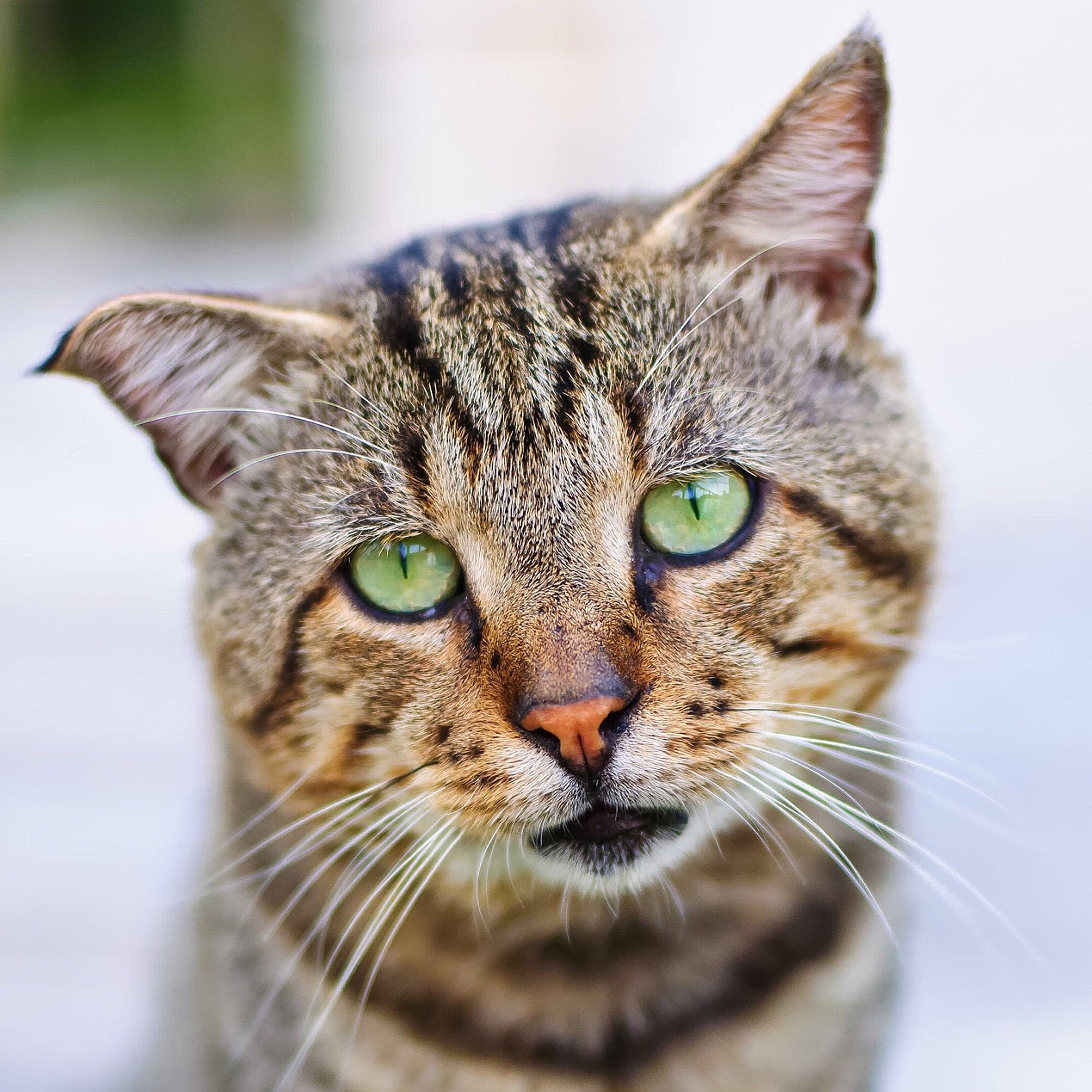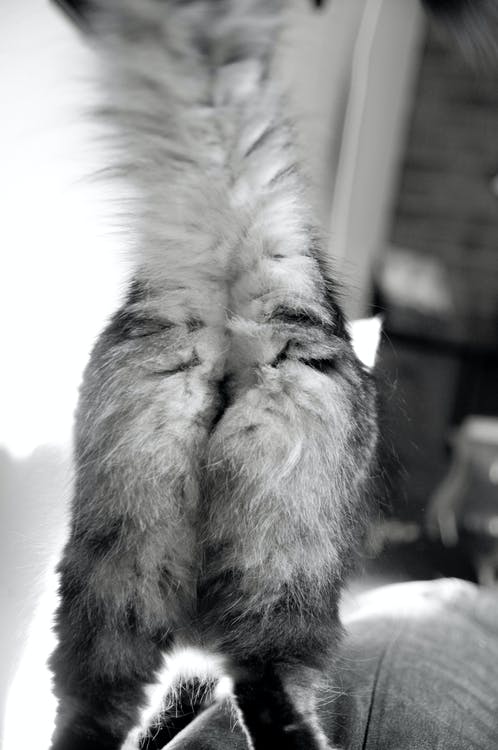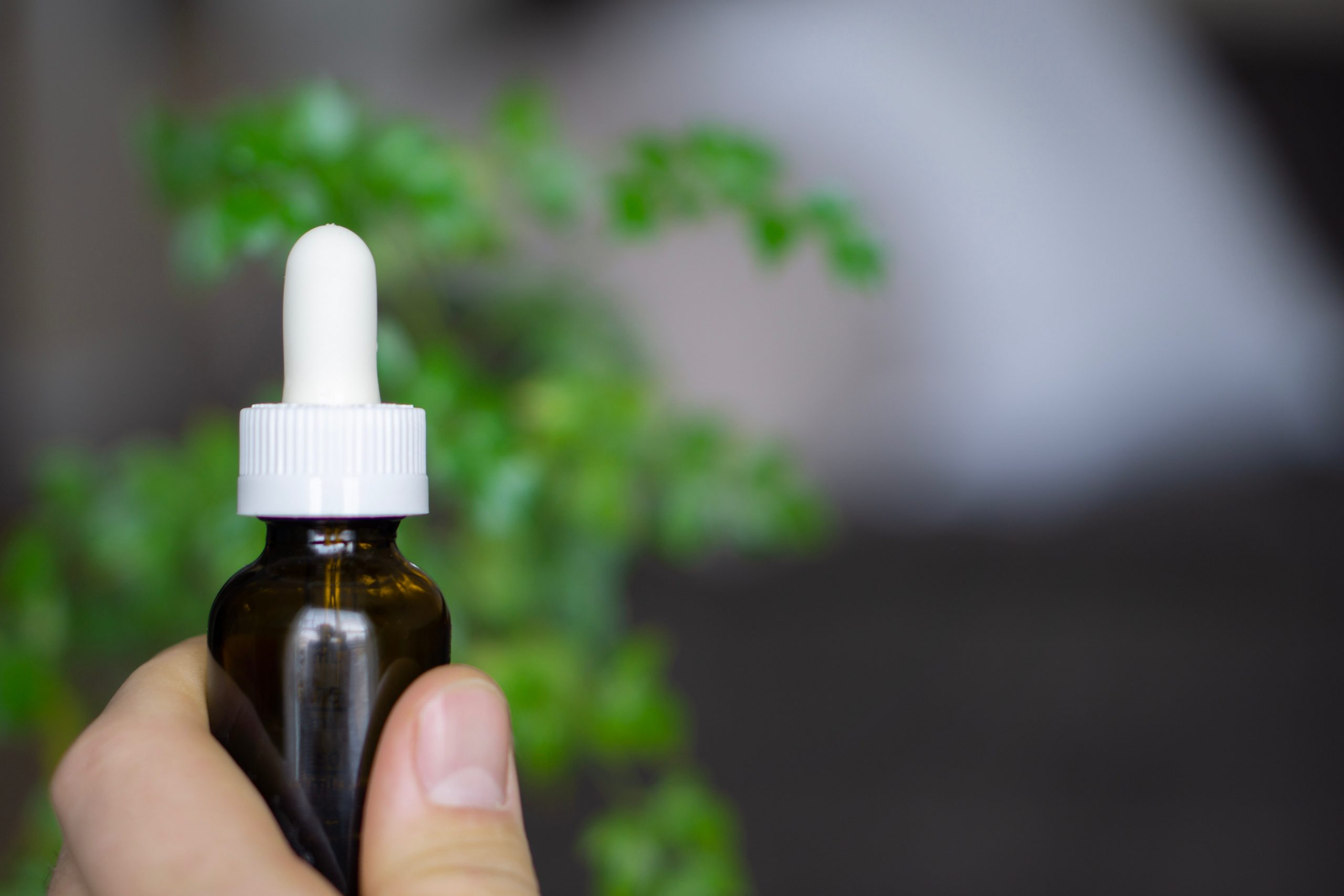As cats age, their behavior can undergo various changes that reflect their maturity and shifting needs. Here are some key behaviors to look out for that can help you understand your aging feline friend better as he gets older:
Affection
One noticeable change is increased affection. Older cats often become cuddlier and seek out human companionship, enjoying those quiet moments together on the couch. This newfound affection may be a way for them to seek comfort and reassurance.
For my older gentlemen, it has manifested itself into a ritual of HUGS! when I get home from work. He needs a good five or ten minutes of solid baby bonding before he will settle down. I am loved and missed. He has always been affectionate, but the hugs are a new habit since my cat is getting older.

Sleeping More frequently.
Another common behavior is a decrease in activity levels. While younger cats may be known for their playful antics, senior cats tend to lounge around more and prefer shorter play sessions. It’s not uncommon for them to choose a cozy spot in the sun over chasing after a feather toy.
You may also notice changes in their sleeping patterns. Older cats tend to sleep more and may have disrupted sleep cycles. They might nap more frequently throughout the day and may awaken at odd hours, exhibiting a more relaxed approach to their daily routine.
Vocalization.
Behavioral changes can also include an increase in vocalization. Some aging cats may meow more frequently or sound different as they communicate their needs or express a desire for attention. This could be their way of letting you know they need something, whether it’s food, comfort, or just companionship.
This is especially true for Pizza, so much so that he was driving me nuts. Those little paws and vocalizations weren’t clear, no matter how often he complained. I finally tried Fluent Pet communication buttons. In my opinion, Cats are just as smart as dogs (if not more, but I am biased. We only have two active buttons, but they’re the most important ones: “Hungry” and “Pets.” Once he learned to use them, both our anxieties lessened. He literally just tells me what he wants, at the touch of a paw.
Grooming change
Lastly, please pay attention to changes in their grooming habits. Senior cats might groom themselves less meticulously, leading to a scruffier appearance. You may need to step in and help with grooming to ensure they stay clean and healthy.
By observing these behavioral changes, you can provide the support your older cat needs, ensuring they continue to thrive in their golden years. Like most pets, he brings me joy, most of the time. Watching him grow older is not something I LIKE to acknowledge, but the signs ARE there. Making him happy for our last chapter together is important. He’s been with me for 15 years! I am hoping for several more happy years.







